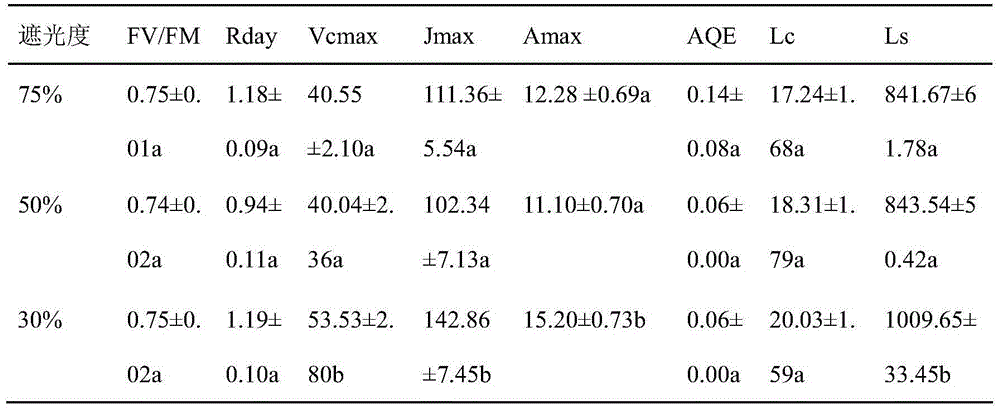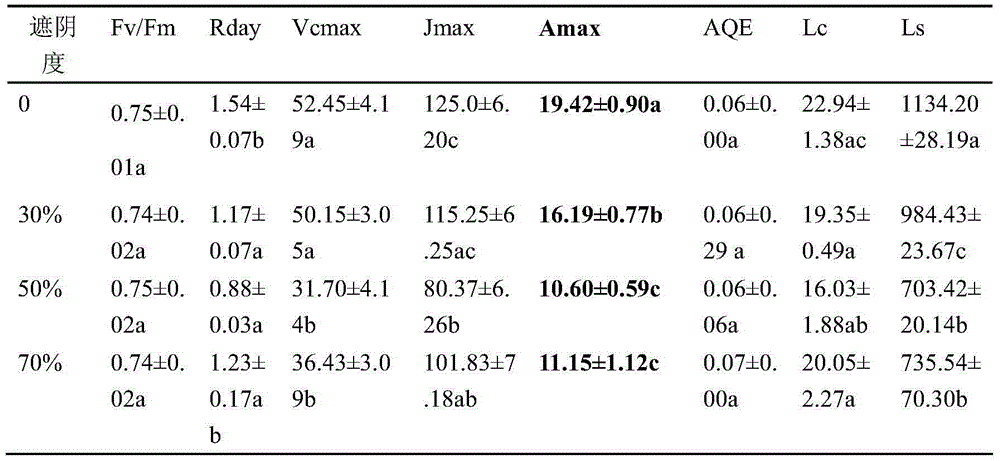Cultivation method for promoting growth of transgenic tomatoes and accumulation of astaxanthin
A cultivation method, transgenic technology, applied in botany equipment and methods, horticulture, application, etc.
- Summary
- Abstract
- Description
- Claims
- Application Information
AI Technical Summary
Problems solved by technology
Method used
Image
Examples
Embodiment 1
[0013] 1. Materials and methods:
[0014] 1.1 Research materials:
[0015] In June 2013, astaxanthin transgenic tomatoes were sown (Huang Junchao et al. (Huang JC et al., 2013) screened and isolated green algae through genetic engineering methods to catalyze the ketonization of β-carotene and zeaxanthin into astaxanthin in plant cells. The enzyme and hydroxylase genes were transferred into wild-type tomato plants (cv.UC82B), and the obtained transgenic tomato (had been preserved in the General Microorganism Center of China Microbiological Culture Collection Management Committee on May 14, 2014, and the preservation number is: CGMCC No. 9223, classification name: Xiahong No. 1 transgenic tomato.) 120 seedlings were transplanted in the cultivation greenhouse of Kunming Institute of Botany two months after emergence (Alt.1942m; 25°8ˊ14"N, 102°44ˊ33E ").
[0016] 1.2 Research methods:
[0017] 1.2.1 Experimental design: The transgenic tomato seedlings were shaded with nylon net...
PUM
 Login to View More
Login to View More Abstract
Description
Claims
Application Information
 Login to View More
Login to View More - R&D
- Intellectual Property
- Life Sciences
- Materials
- Tech Scout
- Unparalleled Data Quality
- Higher Quality Content
- 60% Fewer Hallucinations
Browse by: Latest US Patents, China's latest patents, Technical Efficacy Thesaurus, Application Domain, Technology Topic, Popular Technical Reports.
© 2025 PatSnap. All rights reserved.Legal|Privacy policy|Modern Slavery Act Transparency Statement|Sitemap|About US| Contact US: help@patsnap.com



